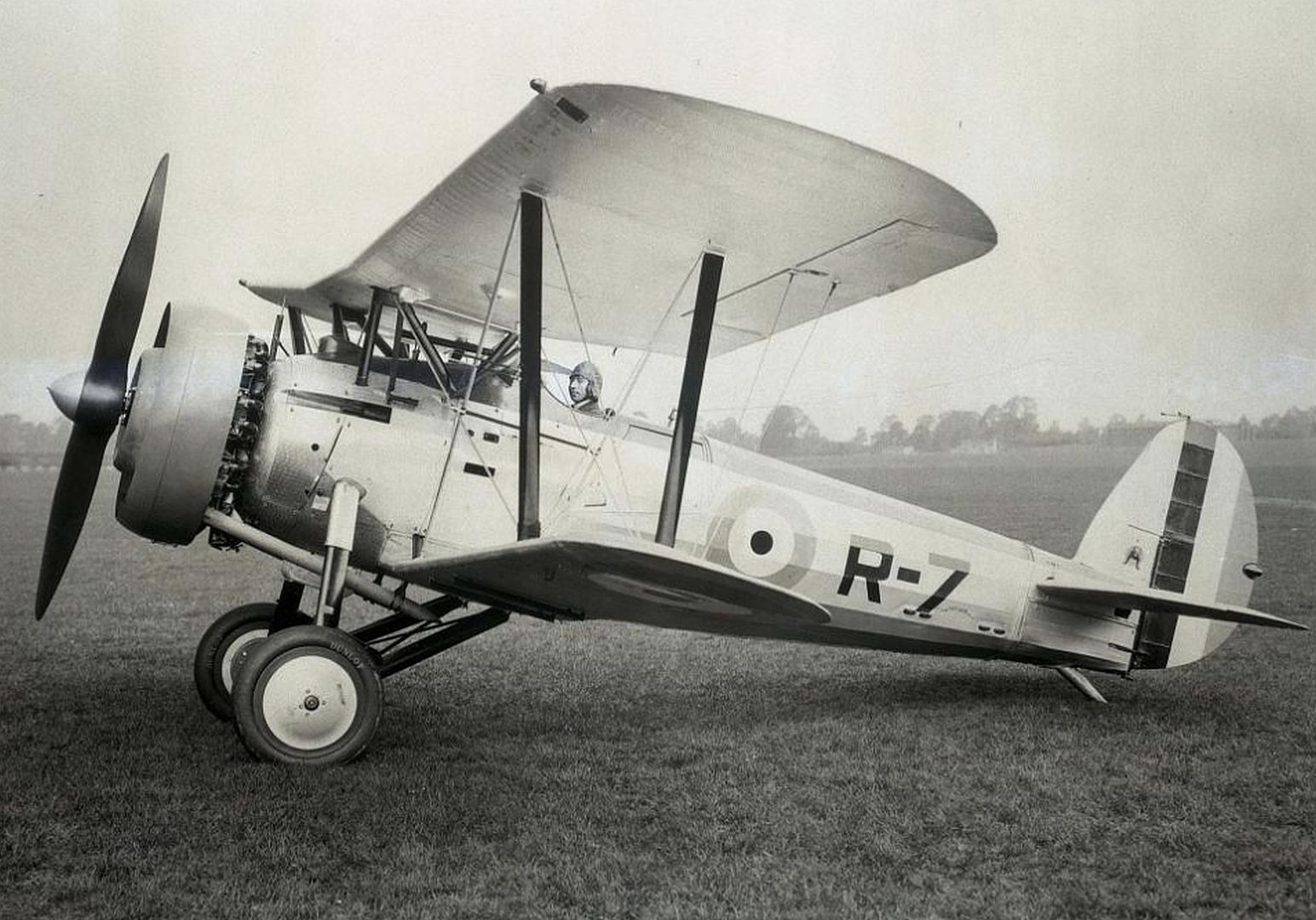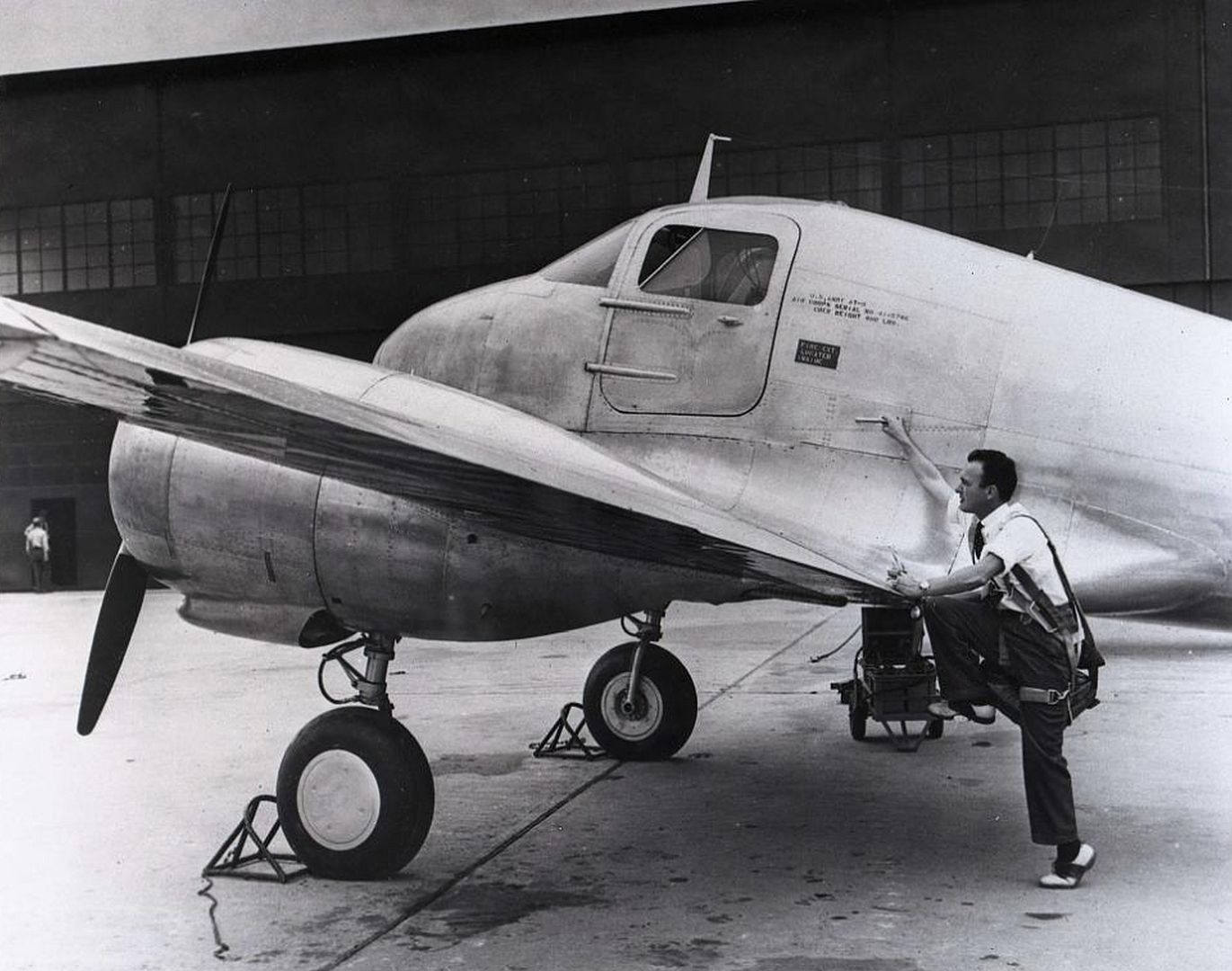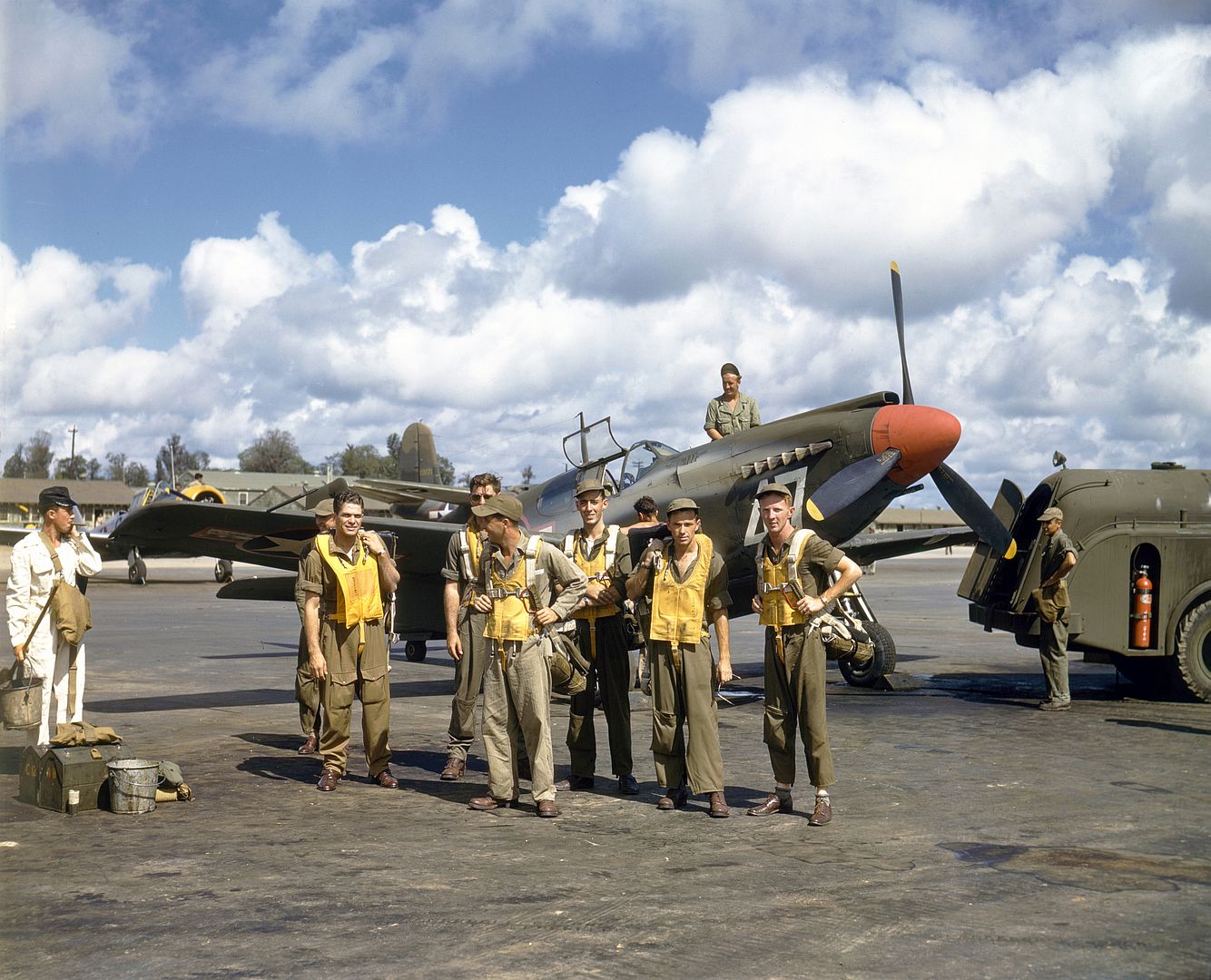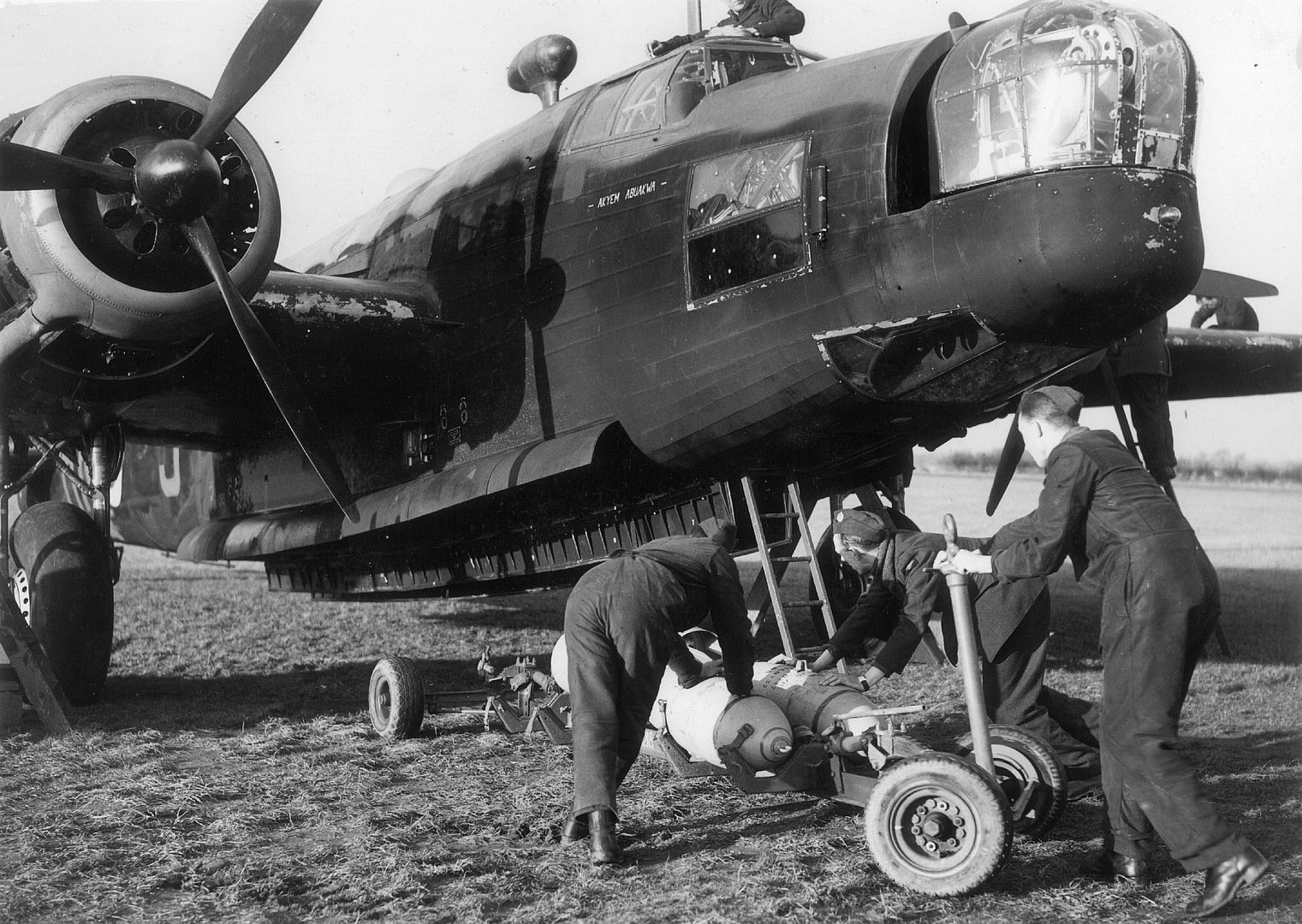Forums
- Forums
- Axis And Allies Forum
- General Discussion
- Photo of the week
Photo of the week
Post a reply
- Go to Previous topic
- Go to Next topic
- Go to Welcome
- Go to Introduce Yourself
- Go to General Discussion
- Go to Screenshots, Images and Videos
- Go to Off topic
- Go to Works in Progress
- Go to Skinning Tips / Tutorials
- Go to Skin Requests
- Go to IJAAF Library
- Go to Luftwaffe Library
- Go to RAF Library
- Go to USAAF / USN Library
- Go to Misc Library
- Go to The Ops Room
- Go to Made in Germany
- Go to Campaigns and Missions
- Go to Works in Progress
- Go to Juri's Air-Raid Shelter
- Go to Campaigns and Missions
- Go to Works in Progress
- Go to Skinpacks
- Go to External Projects Discussion
- Go to Books & Resources
-
 Main Admin
Main Admin -
 Main AdminThis weekends photo.
Main AdminThis weekends photo.
In 1945, plans were made for the conversion of approximately 130 USAAF B-17Gs into search and rescue aircraft. They were to be modified to carry a lifeboat under the fuselage, and were to be redesignated B-17H.
The droppable lifeboat was a self-righting, self-bailing type of boat that was equipped with full emergency provisions. It was carried underneath the belly of the aircraft and was dropped at sea by means of three parachutes. The boat extended from just aft of the chin turret fairing to the ball turret and was contoured to mold smoothly into the fuselage of the belly.
Some of the earlier B-17H conversions were intended for operations in combat areas and retained their defensive armament. Others deleted the defensive armament entirely and replaced the chin turret with a search radar. The aircraft did not become operational until the war was nearly over. Nevertheless, the B-17H was instrumental in saving the lives of several B-29 crews during the last stages of the bomber offensive against Japan.
Following the creation of the US Air Force, the aircraft designation scheme was revised in 1948. At that time, the B-17Hs were redesignated SB-17G, the S prefix indicating the primary search-and- rescue mission.
Some of these SB-17Gs were still in service at the time of the Korean War, and those planes operating in Korean waters were refitted with cheek, waist, and tail guns for defensive purposes. They were administratively assigned to the world-wide Air Rescue Service, which was a part of MATS. They provided air-sea rescue survices for the far-reaching world-wide operations of the USAF.
Below B-17H Flying Fortress s/n 44-83700
-
 Main Admin
Main Admin -
 Main Admin
Main Admin -
 Main AdminThis weekends photo.
Main AdminThis weekends photo.
"Intended to meet the requirements of Specification F.7/30 calling for a four-gun day-and-night fighter, the private venture Bulldog Mk.IV prototype was, in fact, the second Bulldog Mk.IIIA converted. Finished in RAF colors with the 'Class B' marking R-7 it was flown in its new guise in the spring of 1934, it competed with the Gloster SS.37 (prototype of the Gladiator) which was eventually selected to fulfill the requirement. The Air Ministry agreed to buy the prototype for flight testing of various long-chord cowlings, with and without controllable gills, for the Mercury VIS.2 engine with Hamilton variable pitch propeller, and it became K4292 on July 26, 1934."
-
 Main Admin
Main Admin -
 Main Admin
Main Admin -
 Main Admin
Main Admin -
 Main Admin
Main Admin -
 Main Admin
Main Admin
Post a reply
- Go to Previous topic
- Go to Next topic
- Go to Welcome
- Go to Introduce Yourself
- Go to General Discussion
- Go to Screenshots, Images and Videos
- Go to Off topic
- Go to Works in Progress
- Go to Skinning Tips / Tutorials
- Go to Skin Requests
- Go to IJAAF Library
- Go to Luftwaffe Library
- Go to RAF Library
- Go to USAAF / USN Library
- Go to Misc Library
- Go to The Ops Room
- Go to Made in Germany
- Go to Campaigns and Missions
- Go to Works in Progress
- Go to Juri's Air-Raid Shelter
- Go to Campaigns and Missions
- Go to Works in Progress
- Go to Skinpacks
- Go to External Projects Discussion
- Go to Books & Resources









